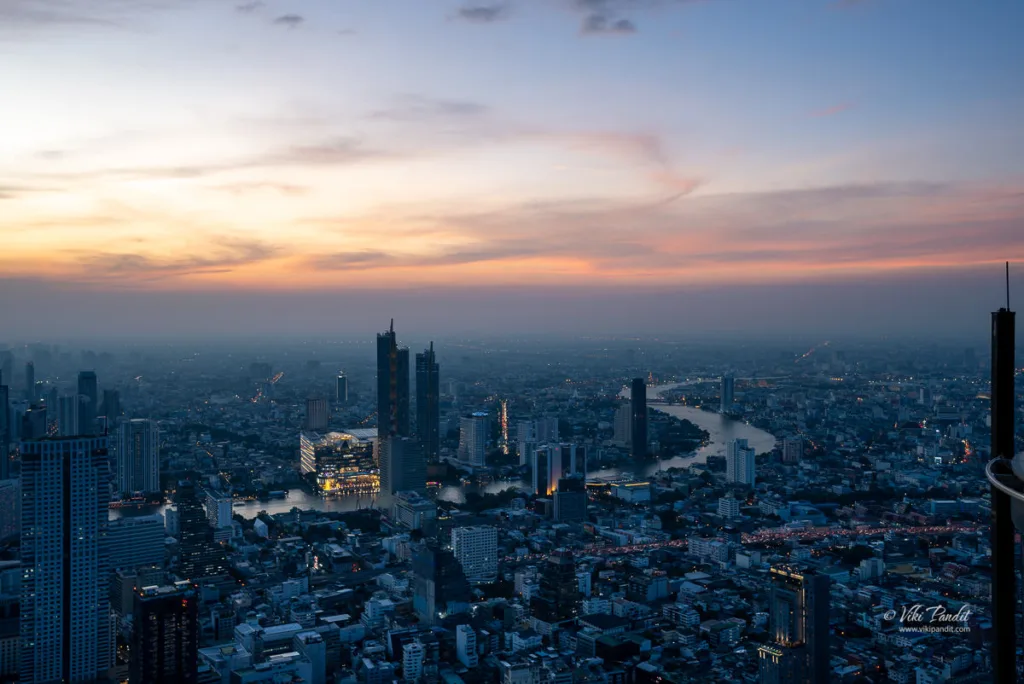Today we visit the Mahanakhon Observatory and skywalk. The imposing tower dominates Bangkok’s skyline and offers a unique experience to visitors of walking on a transparent glass platform with a bird eye’s view of the iconic city
Sunset
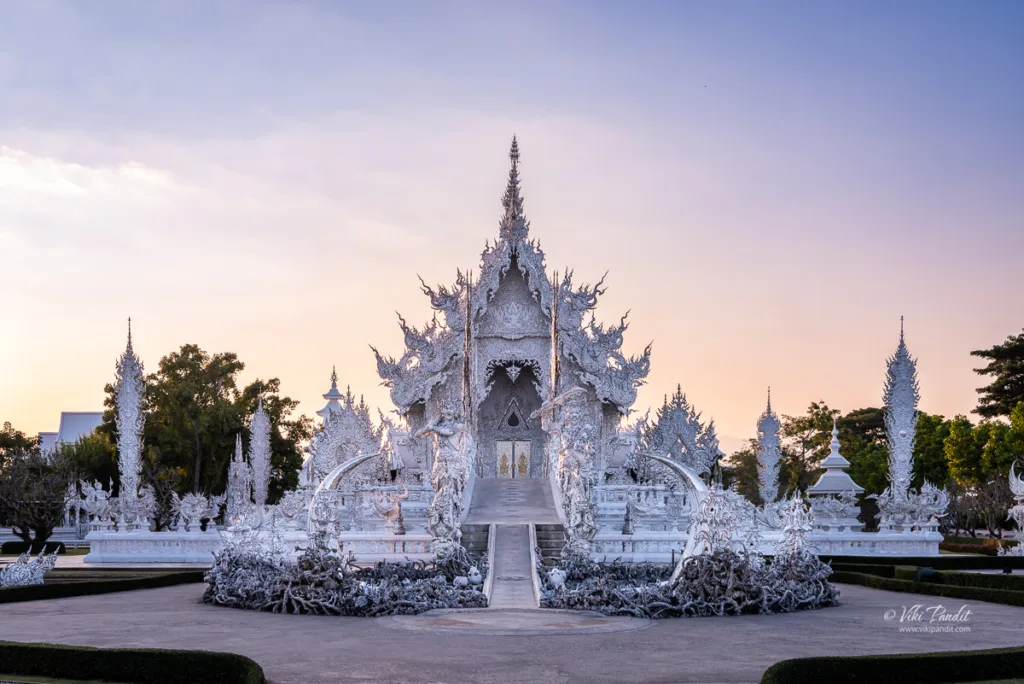
The Dazzling White Temple: Wat Rong Khun
Wat Rong Khun, or the White Temple, is a contemporary Buddhist temple in Thailand, designed by artist Chalermchai Kositpipat. The temple is renowned for its unique design blending traditional Thai elements with modern artistic expressions.
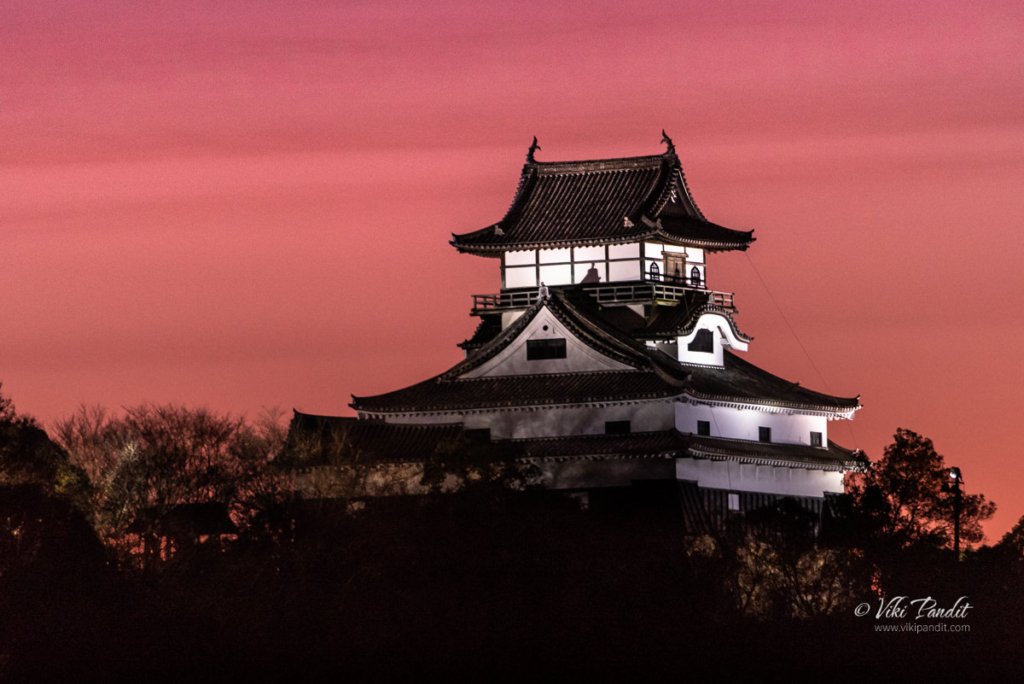
Inuyama Castle
Inuyama Castle is located in the city of Inuyama, Aichi Prefecture, Japan. The castle overlooks the Kiso River, which serves as the border between Aichi and Gifu prefectures. Inuyama Castle is one of only 12 original Japanese castles.
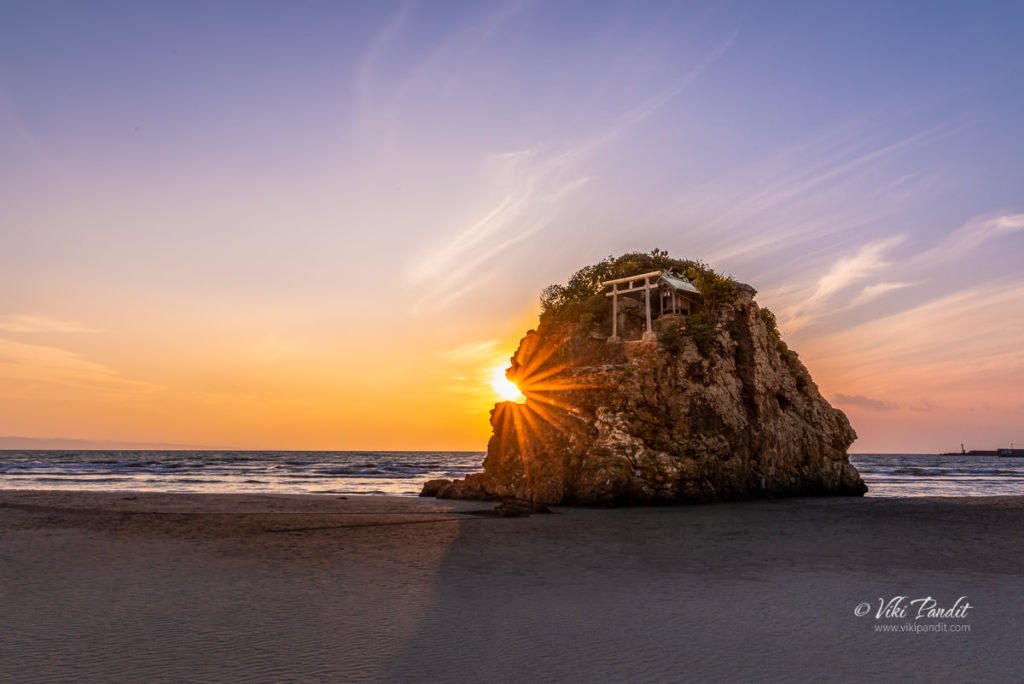
Inasahama Beach
Inasahama is one of the most sacred Japanese beaches located in Japan where Gods are said to have descended to make it their own country on Earth.

Sunset at Lake Shinji
Lake Shinji is a lake in the northeast area of the Shimane Prefecture in Japan. The lake is the seventh largest in Japan, with a circumference of 48 kilometres. It is enclosed by the Shimane Peninsula to the north, and the Izumo and Matsue plains to the west and east respectively.

Monuments on Hemkuta Hill
Hemkuta hill with its gentle slopes offers a remarkable view of the sprawling ruins of Hampi. The hill contains many abandoned temples and boulder carvings scattered across along with two huge monolithic statues of Ganesha. It is also one of the best places to witness sunsets in Hampi.
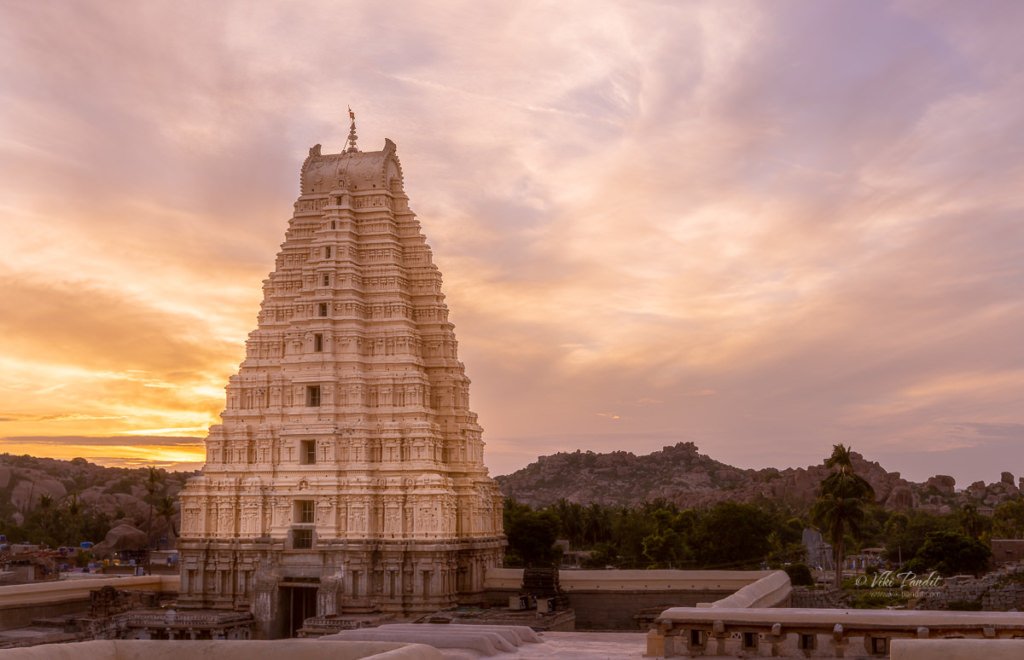
Shades of Virupaksha Temple
Virupaksha was the main center of pilgrimage at Hampi since the dawn of the 7th century. Since then this UNESCO World Heritage Site has been elaborated on by future rulers and especially Krishnadevaraya, the most famous kings of the Vijayanagara Empire, who commissioned the iconic nine-tiered gateway that we identify the temple with today.
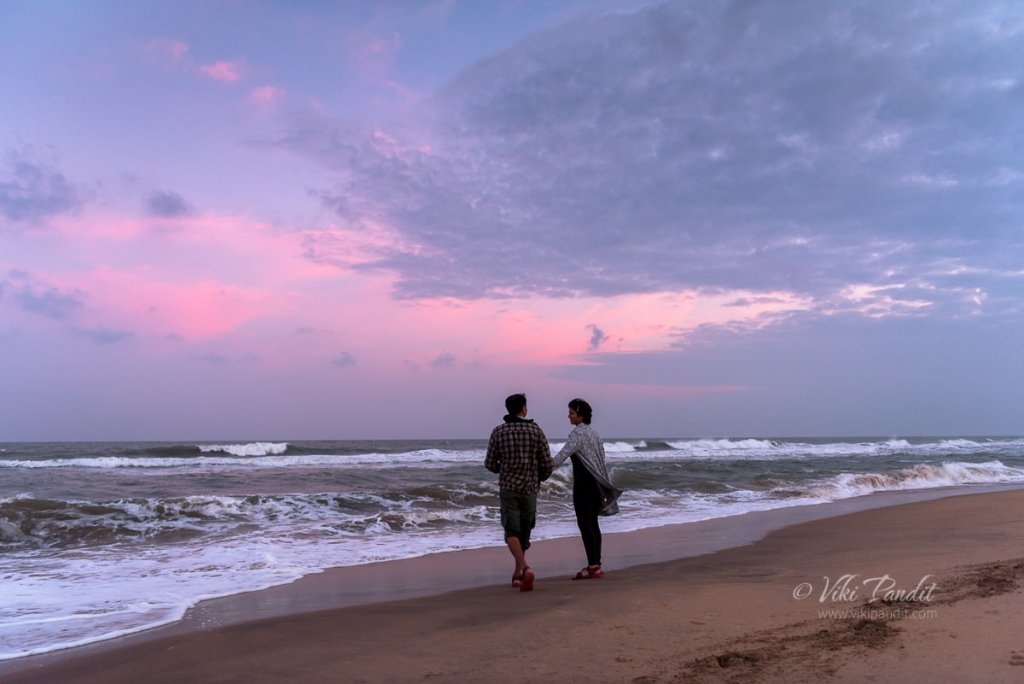
Musical Waves of Mahabalipuram Beach
We sat under magical skies, immersed in the music of the strong waves of Bay of Bengal. The historical town of Mahabalipuram is an enchanting place to explore age old stone carvings and century old temples, but in-between the sweaty hikes, one can cool their tired heels at the beautiful beaches along the east coast.

A stroll on Mandvi Beach
We drive to Mandvi Beach to laze out in the winter Sun. The beach is a curving stretch of yellow sand fringed by green waters, with windmills on one side and an uninterrupted view of the Arabian sea on the other. The sea is safe for swimming and the beach is ideal for walking. The beautiful beach offers many fun activities including Camel rides, bubble floats, speedboats and even para-sailing. But for us peace hunters, a few steps away there is the silence of the gentle waves and the occasional herons flying by.
